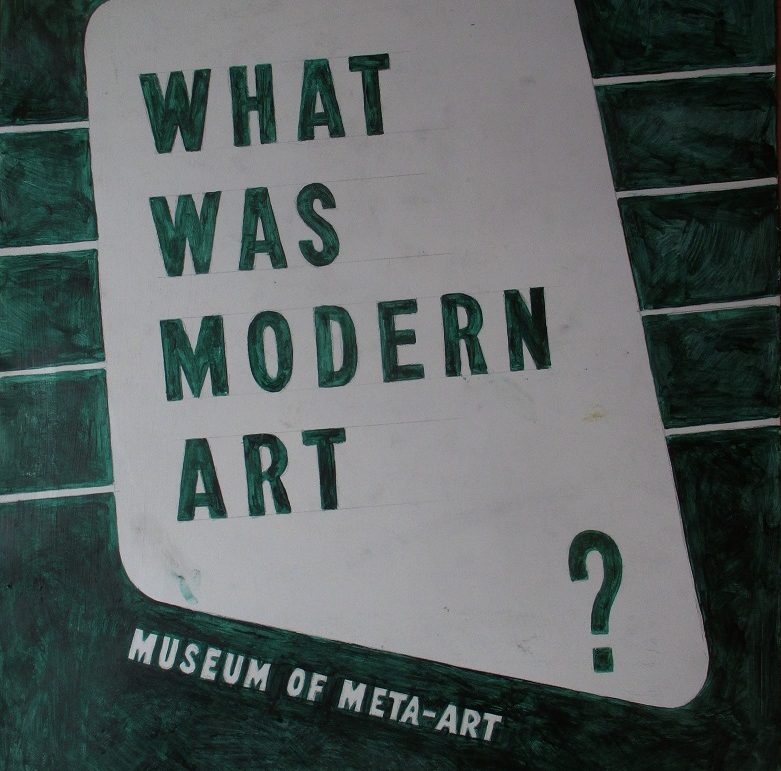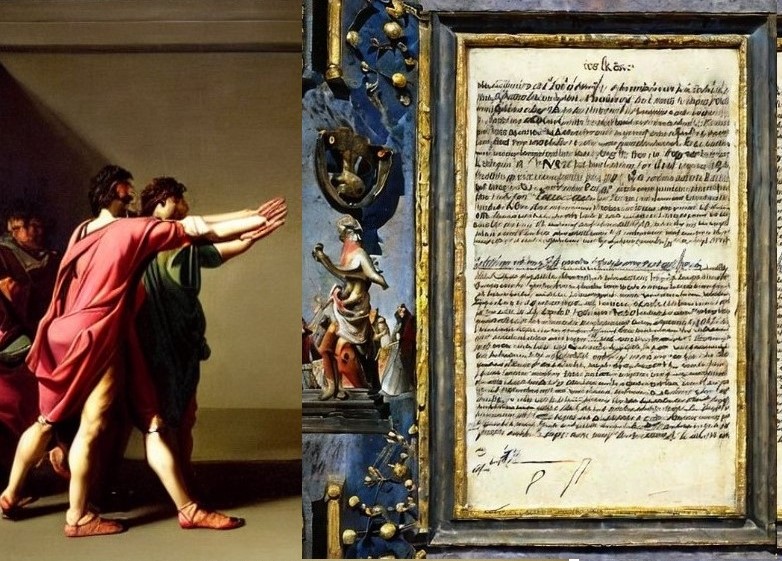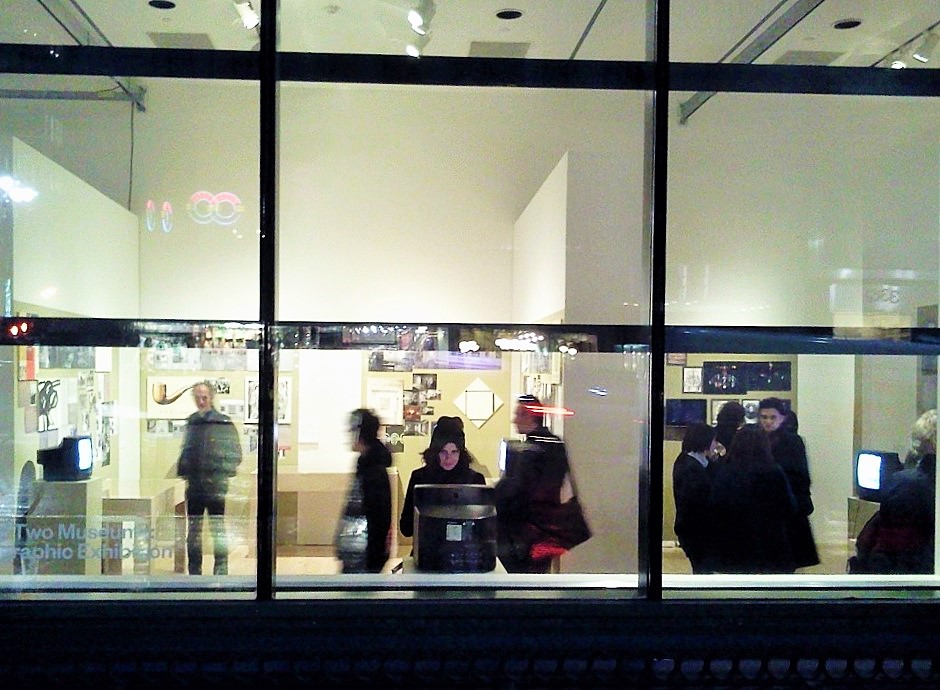One day from a land not far away to the king’s court came a painter already known and admired for his skills. He was very much surprised when learned about the powerful gild of painters, since in his land there was not such a guild and painters were free. When he told the king about this, king immediately assembled his council and issued a decree that painting is not a craft but a liberal art thus free of any guild. It is after this decree that the painting instead of being a skill became a product of the mind. It no more belonged to the glass or cabinet making and slowly became associated with poetry and even philosophy.
Tag Archives: Walter Benjamin
Remembering a Lecture on Mondrian
ChatGPT: Benjamin’s story explores the complexities and paradoxes of the relationship between an original artwork and its copy. He suggests that a copy can be seen as a senseless deed, but also as a multi-layered and complex object with its own ideas and meanings. While the original painting is created by the artist with a specific intention, the copy is created for different reasons, and yet it still embodies the same visual qualities as the original.
Furthermore, Benjamin suggests that the copy’s relationship to the original can be seen as a commentary on the idea of authenticity and the value we place on original works of art. He notes that the copy contains both the idea of its model and its own idea, the idea of being a copy, which adds layers of complexity to its meaning. The story ends with the realization that the copy and the original, despite being visually identical, are fundamentally different objects with different histories, ideas, and meanings.
A Story of Two Museums
Unlike a tale or a myth, in which time could be undefined or cyclical, history is a story about the past organized chronologically and populated by unique characters, objects and events. And unlike a tale or a myth, it is presented as objective recollections of events from the past. Most of the museum exhibits today are organized chronologically along a linear time line having an open end toward the future.
However, there is no such thing as an objective history. Histories are constructed from a certain perspective and we should not confuse a history as a story with the event that it’s describing.
What is Modern Art?
One day, a long time ago, when young Alfred Barr, Jr. was in Paris, he visited Gertrude Stain in her Salon. During the conversation he told Gertrude about the plans for establishing the Museum of Modern Art in New York. Puzzled she looked at him with a smile: “That’s nice, but I don’t understand how it can be both, museum and modern?”
MoMA Made in China
…Since this Museum of Modern Art consists of copies, it is not a museum of the past. It is rather a museum of the future. Moreover, by being modern and non-modern at the same time, it is the only real memory of modern art, the only true Museum of Modern Art in the entire world. This is how it happened that this Great Nation unexpectedly got not only its Modern art, but at the same time its first Museum of Modern Art as well…. From the Tales of the Artisans
Not-Now
Several years ago an exhibition of paintings titled “Not-Now” took place in the New Belgrade Cultural network Foyer (Aug.26, 2013) with the following statement: The pictures before us represent scenes of times gone by. They were all icons in stories of religion and of art. Some depicted events from the past, while others anticipated theContinue reading “Not-Now”






